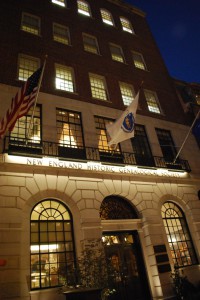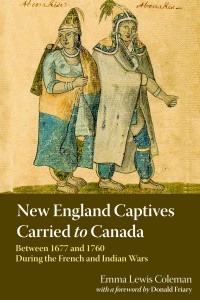 Six new sketches have been posted in the Early New England Families Study Project database:[1]
Six new sketches have been posted in the Early New England Families Study Project database:[1]
John Dunham (c. 1615–1692), son of John Dunham (GM); married Mary ___; settled in Plymouth; farmer; 7 children.
Richard Newton (c. 1606–1701) married Ann/Hannah Loker alias Riddlesdale; settled in Sudbury and Marlborough; husbandman; 10 children. Continue reading Update on the Early New England Families project

